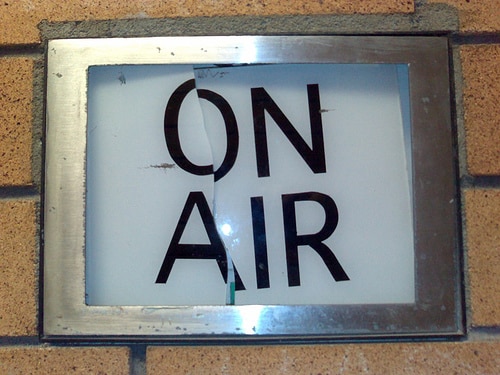When people focus on individual preferences it can lead us into difficulties since each member normally has a fixed set of preferences.
When we focus on ‘interests’ or criteria for a decision then we can work to find agreement on something that could meet as much of the groups’ interests as possible.
The Radio Station is a simple but effective icebreaker where you aim to get your participants to think about group criteria instead of personal interests.
Objectives
- To get people to think about group criteria instead of personal interests.
- To have the group reflect on the difference between ‘preferences’ and ‘interests’, these being the fundamentals on which we build group agreement.
Resources Required
- A willing group of people.
- Marker pens and index cards.
- Enough tables and chairs for all the pairs.
- 1 index card for each group with a different radio station profile on each (e.g. youth, urban, nationwide, pop, country).
Process
The icebreaker comprises of two parts and it’s important each set of instructions for both parts is handed to the Participants separately.
- The Facilitator divides the Participants into pairs or trios and says to them, “You and your colleague are now members of the production team in a Radio station and you have to decide on a set of music sound tracks to be broadcasted in a morning program. Use your own music preferences and establish a list with 5 tunes that you both like most for the start of the program tomorrow at 7 AM.”
- Start to work for 5 minutes and stop.
- To debrief the Facilitator asks the Participants, “What did you notice about the way you decided the 5 tunes list? Did you easily agreed on a joint list of preferences? Are they really your preferences or did you compromise?”.
- The Participants reconvene in their pairs or trios and the Facilitator hands them each a card with a radio station profile (e.g. youth, urban, nationwide, pop, country).
- The Facilitator asks the Participants to think about their audience and start to work for 5 minutes with this sentence, “However we end up allocating sound tracks for the program we need to do it in a way that…”
- After 5 minutes the Facilitator asks, “What did you notice in the way the pairs decided the joint “objectives” for the Radio Station? Did you easily reach agreement or did you compromise?”
- The Facilitator asks the Participants to start with the previous song list and decide which songs will be kept and which songs will be discarded. New extra songs can be added to complete the list of 5.
- After 5 more minutes the Facilitator debriefs the Participants with, “How many preferences did you have to discard? How many additions? What was the impact of defining the Radio Stations’ objectives in the way you select the tunes?”.
Secret Sauce
- This icebreaker also assists the group to establish expectations on the group norms and roles (participant, group leader, and facilitator).
- 30 – 45 minutes should be fine for a group of 10-12 people (3 to 4 trios) but if you have larger groups you will need more time for this “starter activity” as the large group discussion can take longer.
- Some people are anxious to proceed without knowing or understanding the 2nd part of the exercise beforehand; in that case acknowledge the concern and explain them that you cannot provide the 2nd part instructions until the group completes the first part. In that case you can invite her/him to participate as observers and use their records for extra input in the group discussion.

